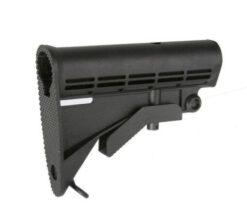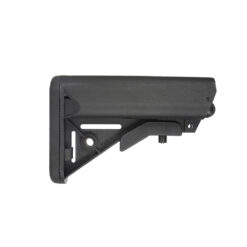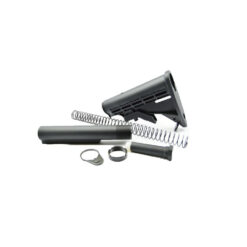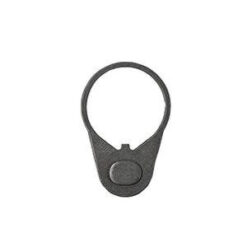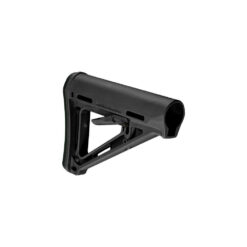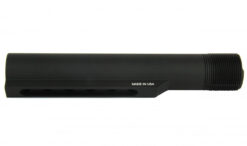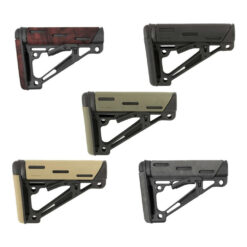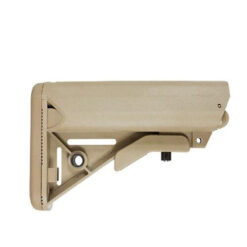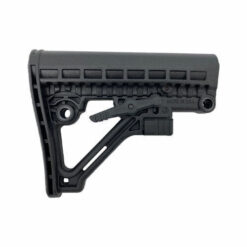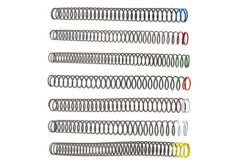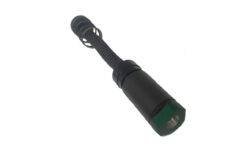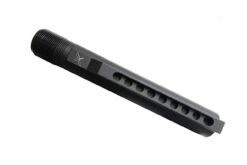Save 12%
MSRP: $16.95
$14.95
Save 9%
MSRP: $54.95
$49.95
MSRP: $3.95
$3.95
Save 20%
MSRP: $124.99
$99.99
Save 36%
MSRP: $54.95
$34.95
Save 1%
MSRP: $3.99
$3.95
Save 20 – 23%
MSRP: $124.99 – $129.95
$99.99
Save 30%
MSRP: $49.95
$34.95
Save 25%
MSRP: $3.95
$2.95
Save 5%
MSRP: $44.95
$42.70
Save 14%
MSRP: $21.95
$18.95
Save 10%
MSRP: $69.95
$62.95
Save 20%
MSRP: $124.99
$99.99
Save 5%
MSRP: $44.95
$42.70
Save 8%
MSRP: $59.95
$54.95
Save 32%
MSRP: $43.99
$29.95
MSRP: $19.95
$19.95
Save 13 – 14%
MSRP: $49.95 – $59.95
Price range: $42.95 through $51.95
Save 25%
MSRP: $59.95
$44.95
Save 2 – 5%
MSRP: $60.00
Price range: $56.95 through $58.95
Save 5%
MSRP: $39.95
$37.95
Save 7%
MSRP: $15.00
$13.95
Save 3%
MSRP: $60.00
$57.95

